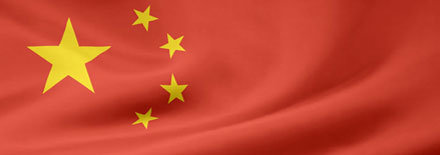
New Zealand can lift its export performance by cashing in on emerging food and beverage opportunities in East and Southeast Asia, according to a new government report.
What Does Asia Want for Dinner? Emerging Market Opportunities for New Zealand Food and Beverages in East and Southeast Asia highlights positive conditions for Kiwi exporters, including trade agreement and economic partnerships with key regional markets, proximity to Asia, growth in per capita GDP and therefore an ability to afford imported food and a growth in total market value of East and Southeast Asian food imports to more than $200 billion in 2012.
There’s strong demand for infant formula, dairy nutritionals and innovative foods, and significant opportunities in a range of high value categories likes chilled salmon, honey, chocolate, sparkling wine, beer, avocado, alcoholic spirits and cherries, the government says.
According to primary industries minister Nathan Guy, these categories already generate more than $1 billion in exports. Among the “potentially desirable and defensible categories” for future New Zealand export growth are raw material ingredients that would fill a regional production shortfall; unique products the region can’t or doesn’t product in quantity; premium fresh or perishable counter-seasonal product; and “brand, status products” with with provenance.
They include soya beans, canola oil, beef, maize, milk powder, other meats, dairy, various nuts and fruit, some fish species, wine, other alcohol, chocolate and sweet biscuits.

The report shows East and southeast Asia now represents 47 percent of our food and beverage export value, with China accounting for 23 percent. China has the highest compound annual growth rate in the 10 years to 2013 in the food and beverage export value from New Zealand, at 33 percent.
That was followed by Singapore on 18 percent, Vietnam on 15 percent, Indonesia at 13 percent and Thailand at 11 percent. New Zealand is in a state of transition from feeding western nations to feeding east and southeast Asia. East Asia now accounts for a 35 percent share of our food and beverage export value by region, with southeast Asia on 12 percent, Europe on 13 percent and North America on 11 percent.
That compares with 1965 shares of 76 percent for Europe, 10 percent for North America, East Asia on three percent and Southeast Asia on two percent. New Zealand was found to be gaining food export share from its peers in dairy, seafood and beverages, with poor performance in other categories, with the US, Australia and Europe standing out as key competitors in all categories.

Compared to most of our peers, our export mix is weighted to raw material ingredients.
The report identified 20 well placed emerging market opportunities in East and Southeast Asia, with high growth potential and a good fit with New Zealand. They include beer, non-alcoholic beverages, chocolate, roasted coffee, olive oil, yoghurt, dairy nutritionals and honey.
The government’s target is to double exports in real terms between 2009 and 2025, with food and beverage tracking well against the goal. The export value has grown from just over $10 billion in 1997 to about $65 billion in 2025.




